by Bruce Doorly

So, in this article we take a look at John Basilone when he was growing up in Raritan in the 1920s and early 1930s.

After having 5 children Sal and Dora temporarily moved away from Raritan to Buffalo. While living in Buffalo, on November 4th 1916, John was born. He would be their only child (of ten) not born in Raritan. The family soon came back to Raritan and in a few years moved in at 113 First Avenue. That home was at the North-West corner of what is now Route 202 (and First Ave.) – where the Shell Station is today.

Each half of the home had just three bedrooms and one bathroom. But no one complained, as that is how things were back then.
where the Shell station is today
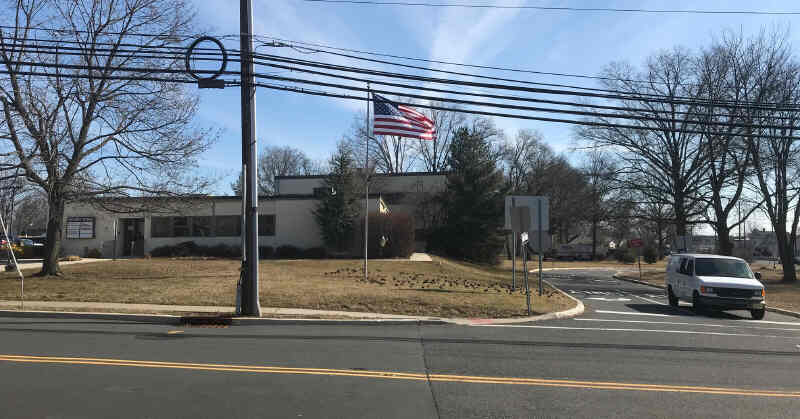
But it was the hitting of golf balls that was their favorite pastime.
that the Basilone kids played sports on

location being labeled the “bare ass beach”. Girls did not swim in the river for obvious reasons.

Back then most soda consumption was not in the house, but at shops. The popular place that kids could order a soda and drink it was Raritan’s Candy Kitchen which was located at the North-East corner of Somerset and Wall Street. (Today the Raritan Music Store has that building.) This store was beloved by Raritan kids. It was open for decades around 1918-1968.
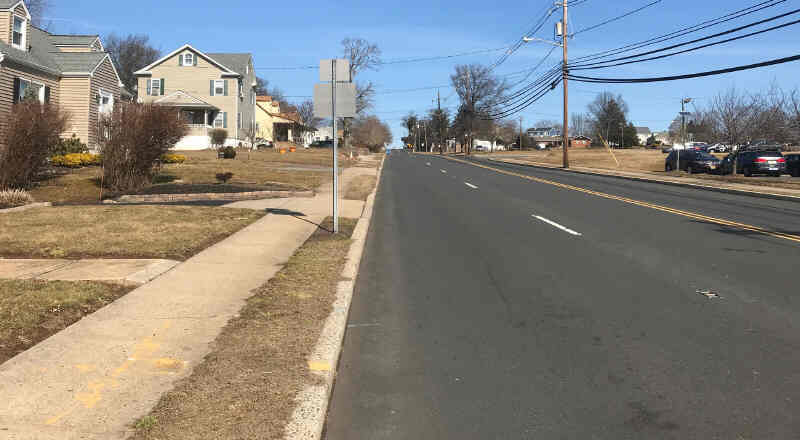
made for some fun and dangerous sledding

The local kids were fortunate as there were three local theatres. In Raritan was the Empire Theatre (later called The Playhouse) on Anderson Street. In Somerville there were two more theatres – The Regent Theatre and The Cort Theatre.
It was no big deal and very common for young kids to walk to Somerville alone.

Raritan’s Augie Sena said in a 2004 interview that all a kid needed was a nickel and they could get on the trolley. The trolley could take you to Somerville, Bound Brook or even further.
When kids wanted to head in a direction that the trolley did not go, hitch hiking was a popular option. Many adults fortunate enough to own a car back then would think nothing of helping a few kids from town venture out somewhere.
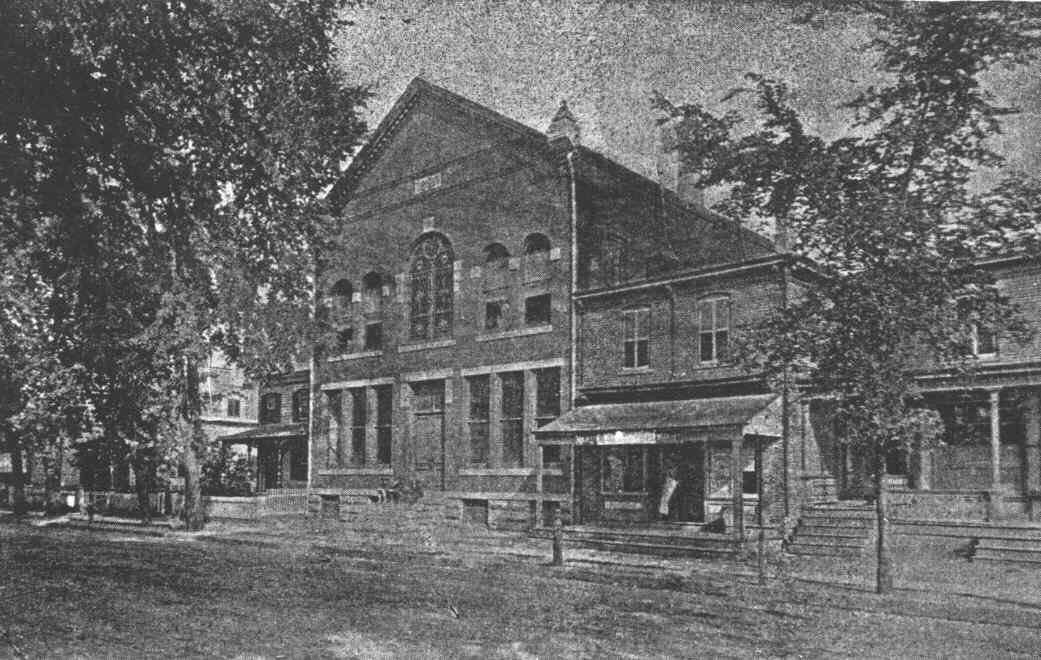
But he was a rowdy kid, so his parents decided to send him to Catholic school where the nuns “might” be able to provide him the discipline needed. This school was St. Bernard’s Parochial School which was on Somerset Street. It was open 1888-1938. John went to that school until 8th grade when he graduated. That building was later used as the VFW hall. It burnt down around 1980. The Italian Bakery is there today.

He also worked at Gaburo’s Laundry which was located in Raritan on Farrand Street. The building still stands, but today appears to have no tenants. This laundry pickup and delivery service served the surrounding towns.
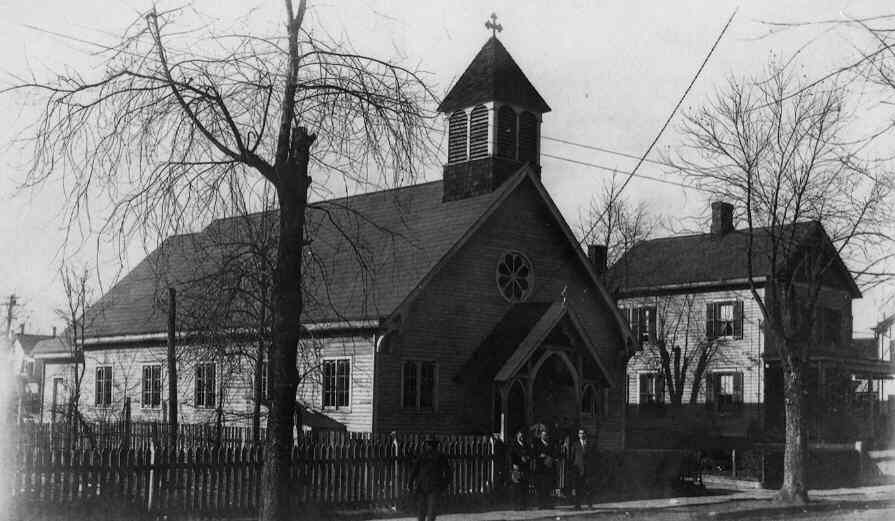
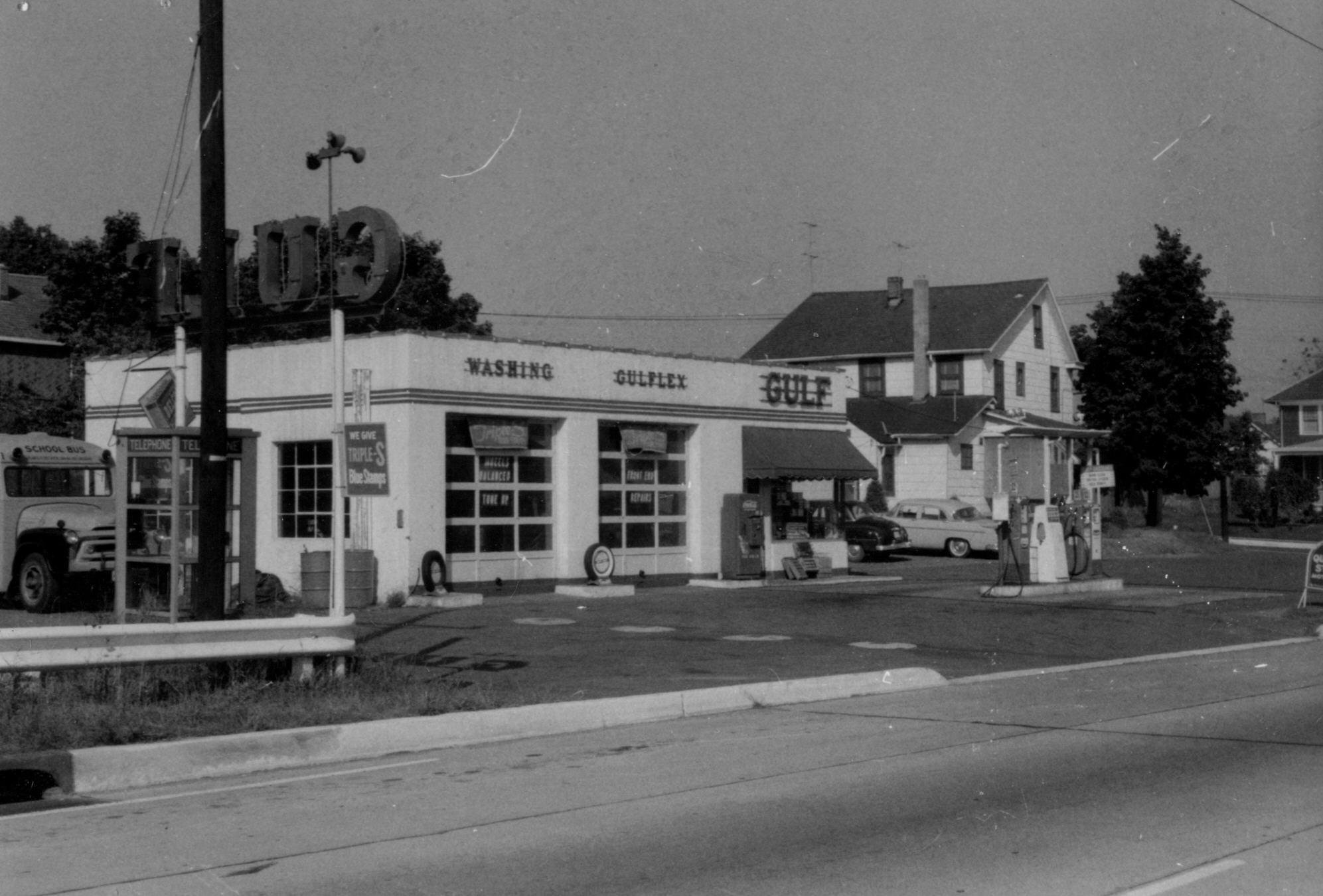
Over time the road that the house was on became a main road. So, to take advantage of this in 1950 Carl Bengivenga built a gas / repair station on the property next to the house. Then in 1961 the house was knocked down to make more room for the gas station. A Shell Station remains there today.
Currently no marker or plaque exists on the location to commemorate that John Basilone lived there. Perhaps there should be something there. (Yes – those things do cost money – easy to write about – yet hard to find a donor.)
the gas station were both on the property